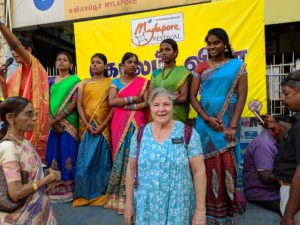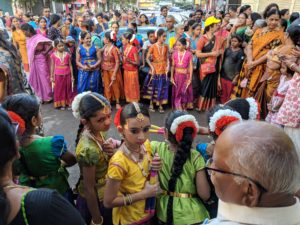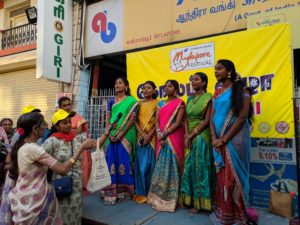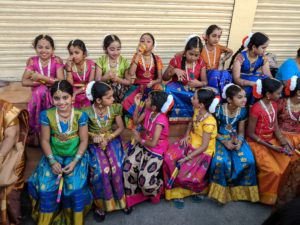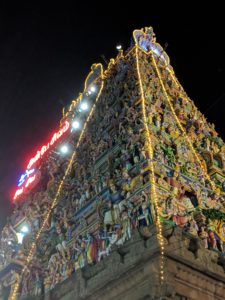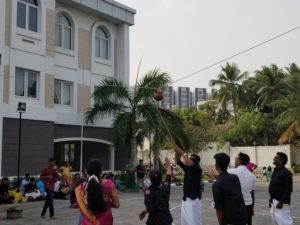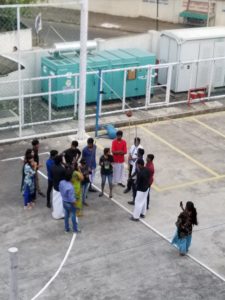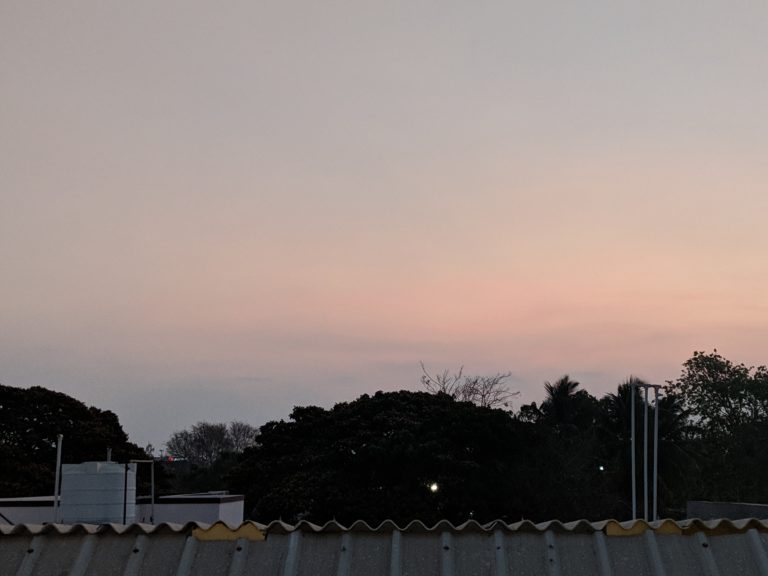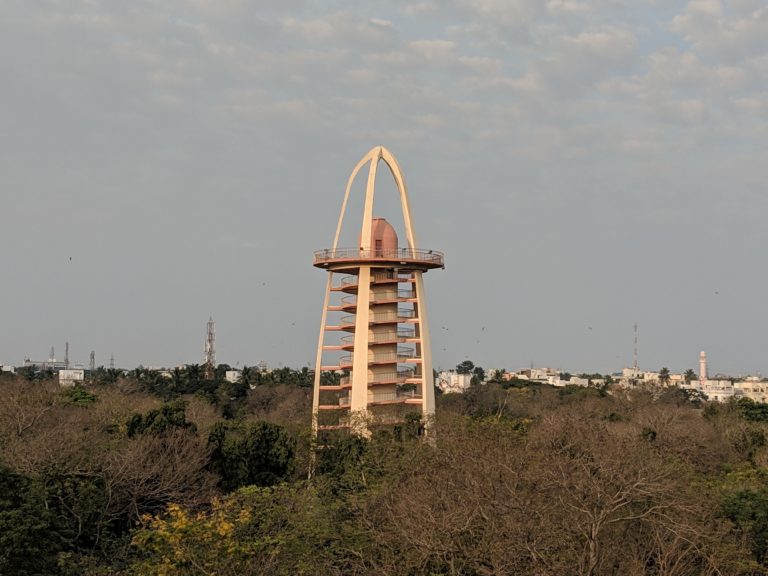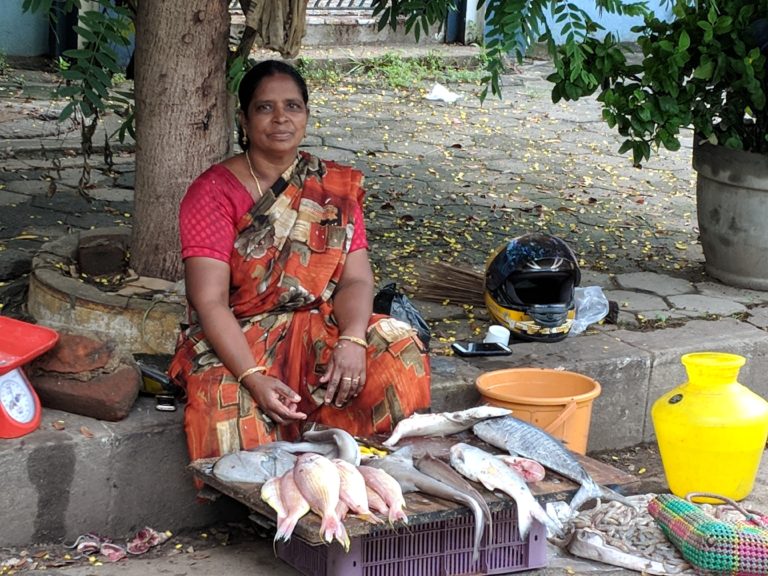Pongal is a major holiday in Tamil Nadu. It is a celebration similar in principle to the United States’ Thanksgiving Day. Rather than observe the festival for one day – this one lasts 3 days. Most government and school functions close down for the entire week – not unlike the period between Christmas and New Years’ in the States.
Pongal celebrates the farmer and his efforts to feed the nation. This is one reason why Hindus revere the cow – cows give milk (i.e. milk products) that nourish the people. Cows are beasts of burden, which assist the farmer in his production of food. Here in the busy city of Chennai, where motor vehicle operators honk at anything that moves – cows get a break. They cross the busiest of streets unmolested – even buses and large trucks will slow down for them. When we first arrived here, we were amazed that such deference was given to the rambling bovines of the city. We concluded that there was indeed a reverence for these noble beasts. When I mentioned this to one of our drivers, he simply laughed scornfully. “No, Elder, that’s not why drivers don’t honk at the cows – they don’t honk at the cows, because the cows DON’T CARE”. We all had a good laugh over that.
The term Pongal (“boil over”) refers to a dish of rice, milk and lentils. It is cooked in a certain type of pot (see kolam drawing below) and is purposely boiled over the rim of the pot. It is then sweetened with jaggery (from sugar cane). Raw sugar cane stalks are an important part of the celebration. These are cut and broken open, so that the party goers can suck the juice directly from the stalk. It is very sweet and is nutritious.
One of the traditions is “knock the pot” (Uri Adithal) and it is very similar to smashing a piñata. The participant is blindfolded and given a long stick and his mission is to find the pot and smash it. The pot is raised to approximately 20 feet above the ground. The contents of the pot may be candy for the kids (as in the piñata tradition) – but beware. It may be filled with water or ghee (clarified butter). When the successful contestant smashes the pot, he may get drenched.
We have previously mentioned kolams (also called “rangolis”), which are decorations that the ladies make every morning at home and business entryways. It is a blessing for that building and its inhabitants. Rice flour is the medium and the design is created by skillfully sprinkling the flour from the creators’ bare hands. Rice flour is utilized so that the animals and other creatures may benefit by consuming the little tidbits. Indeed, we occasionally see squirrels eating the kolams during the course of a day. The designs are mostly white, but during special celebrations such as Pongal, they become quite colorful, utilizing colored chalk dust. It is believed that the designs are Sanskrit in origin and have been passed down through many generations to the present. In the Mylapore area of Chennai, a yearly Pongal festival is observed. The ladies (and girls) are invited to create their best designs on the streets (Featured Image). Singers and stick dancers join the celebration. We will let the pictures do the talking at this point……….

